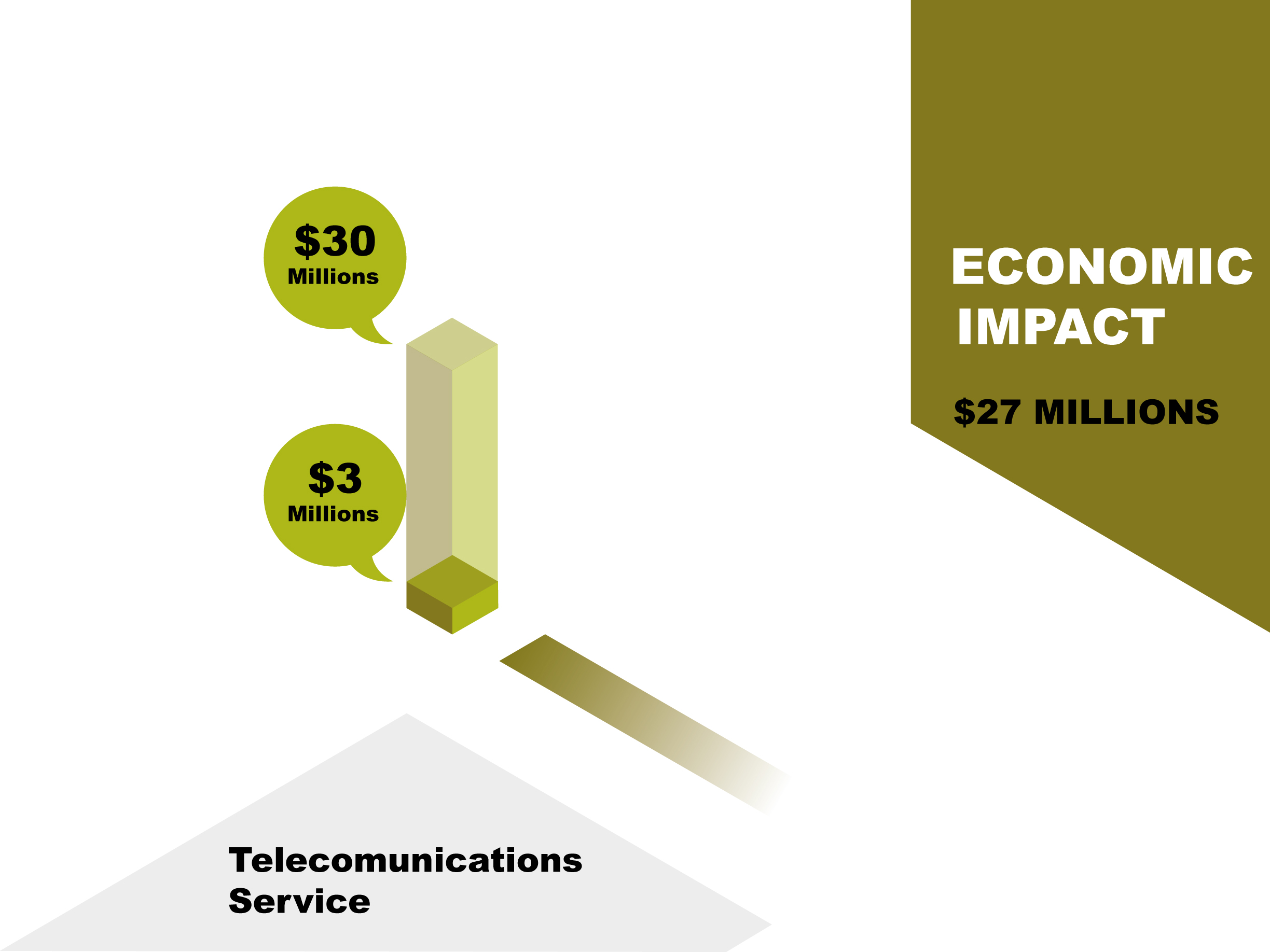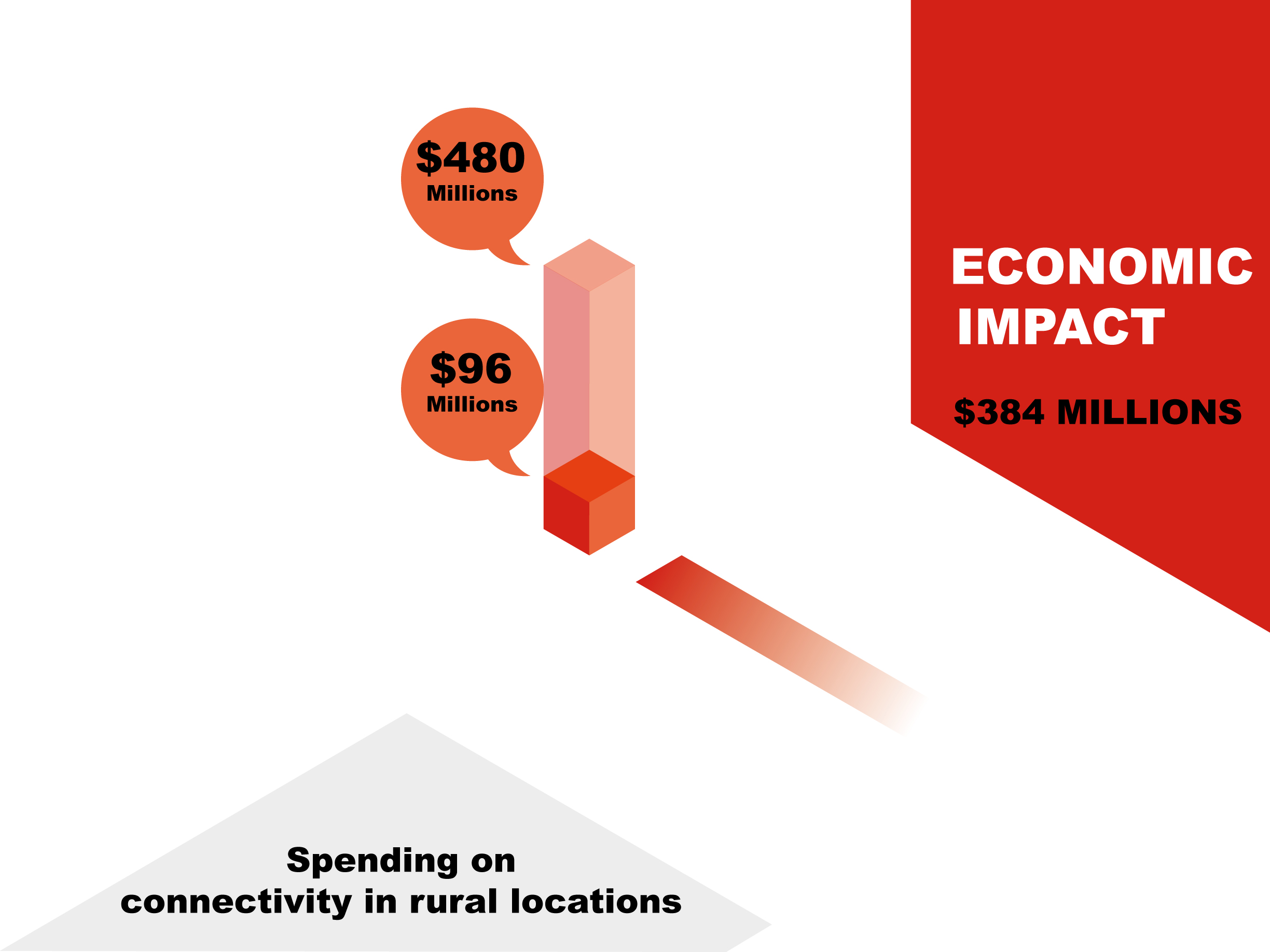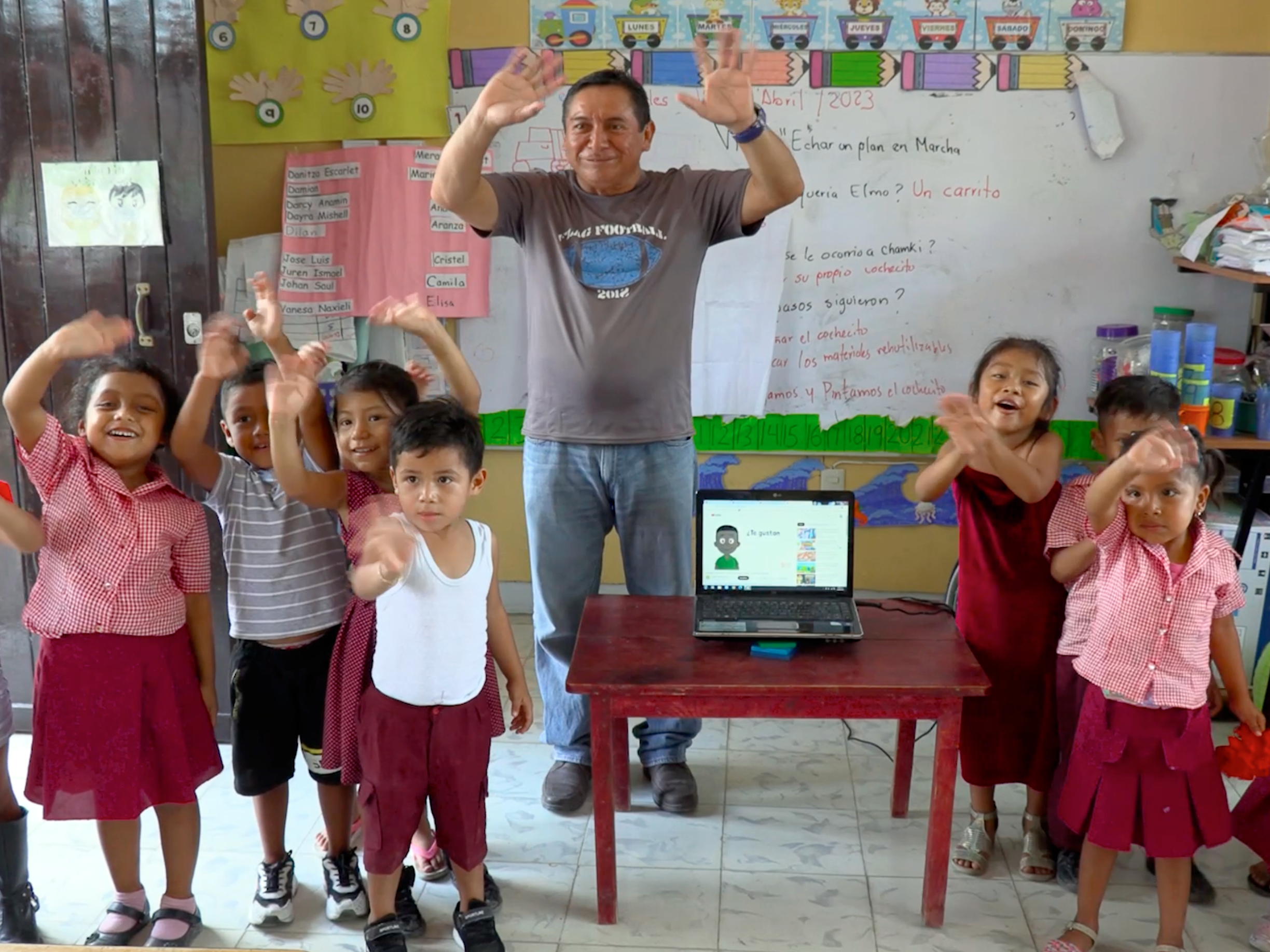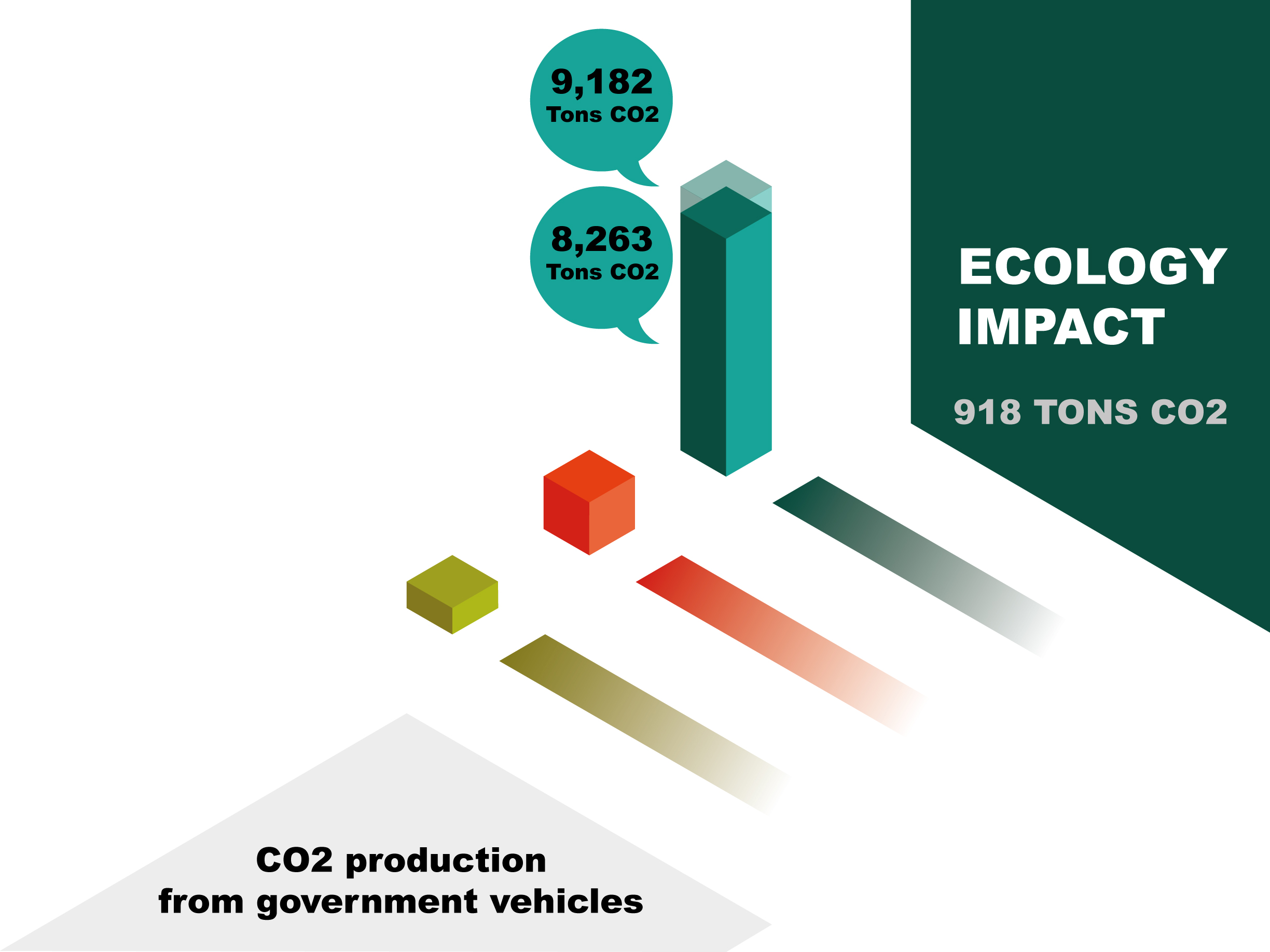Impact
Economic impact:
In urban areas that will be connected with fiber optics, it will no longer be necessary to contract telecommunications services individually; broadband access, IP publishing, cloud services and voice and data services will be contracted centrally to distribute them more efficiently and with higher quality in order to extend this type of services to schools, health centers and government offices that did not have them either because they did not have the economic resources or did not have commercial digital infrastructure in their locality.
In rural areas that will be connected to satellite broadband, it will no longer be necessary to contract Internet connection services, which were very expensive, since the large telecommunications companies decided not to install digital infrastructure, arguing that the dispersion of the population made the service commercially unviable.
Also adding that rural inhabitants no longer have to spend 10% of their salary on connectivity services purchased from unregulated providers, which considering that the average salary of a rural worker in Campeche is 5,000.00 pesos per month, the average expense is 500 pesos multiplied by 77,572 rural inhabitants which are the estimated number of people who are likely to have a cell phone and being able to purchase the service in rural and remote areas would represent a savings of 456 million pesos per year.
Social impact:
The main social impact is the reduction of the digital divide, now in these 300 localities, 92% of the population will have at least one free way to connect to broadband.
A process of digital inclusion is also being carried out, since most of these localities, especially in rural areas, had never had this service before.
Another very important part of the project is that when all schools are connected, students and teachers have a better availability of digital educational resources, they develop their digital skills and through digital libraries, a digital literacy process is carried out for the whole population.
In the area of health services, Telemedicine processes can now be carried out in rural areas that previously had no access due to lack of connectivity.
On the government side, it facilitates the digitalization of services, the distribution of social programs and the collection of taxes.
Environmental impact
With connectivity in these 300 communities, communication between government agencies, be they educational, health or governmental, will require fewer trips by government officials by land, thus reducing the carbon footprint of the government as a whole.
By digitizing government services, users will no longer have to travel to government offices to carry out any procedures, and by centralizing telecommunications services, electricity consumption will be reduced.
With all these actions, the project contributes significantly to the economic, social and environmental development of Campeche, in line with the UN Sustainable Development Goals.




